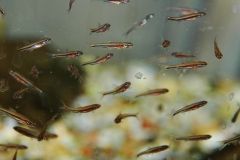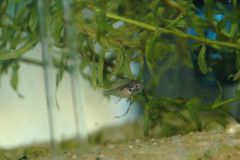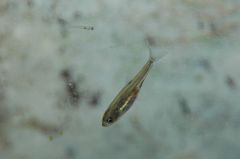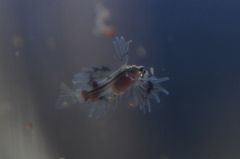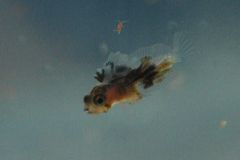*They're captive bred, and one of the 'easier' and more readily bred species of shiner.
*They are beautiful as juveniles, and especially as adults--even not when colored up.
*These are ~2 months old.
*They would definitely be Roll Tide fans.
 DSC_9592.JPG 74.3KB
8 downloads
DSC_9592.JPG 74.3KB
8 downloads





